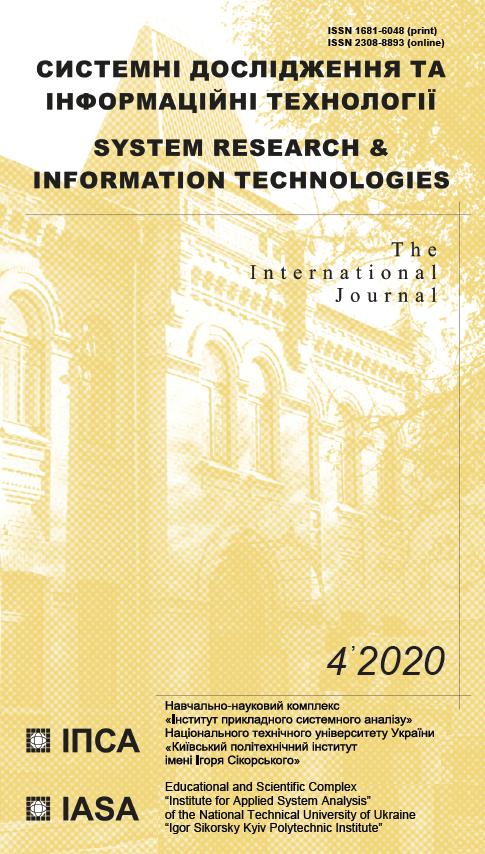Interaction of models with real objects as a way to improve augmented reality
DOI:
https://doi.org/10.20535/SRIT.2308-8893.2020.4.10Keywords:
model interaction, overlap, pattern recognitionAbstract
Unlike a purely virtual world, it is much more difficult for the user to believe in the reality of augmented reality objects. Due to the lack of proper lighting or shadows, the object may appear to be floating in the air, detached from the real objects around it. One obvious problem with augmented reality is that a virtual object appears remote from the real object, but it still appears in front of it. An approach is proposed that will allow the interaction of real and virtual objects. Both real and virtual objects can be moved and rotated in the scene, preserving overlaps. A virtual object can also be placed in front of or behind a real object relative to the camera, which decides whether or not to overlap. The proposed algorithm consists of five stages and the system architecture. The evaluation is based on five defined criteria. Results and ways of improvement for the future research are presented.
References
D.E. Breen, R.T. Whitaker, E. Rose, and M. Tuceryan, “Interactive occlusion and automatic object placement for augmented reality”, Computer Graphics Forum, vol. 15, no. 3, pp. 11–22, 1996.
Y. Tian, T. Guan, and C. Wang, “Real-time occlusion handling in augmented reality based on an object tracking approach”, Sensors, vol. 10, no. 4, pp. 2885–2900, 2010.
K.C. Ong, H.C. Teh, and T.S. Tan, “Resolving occlusion in image sequence made easy”, The Visual Computer, vol. 14, pp. 153–165, Oct 1998.
J. Schmidt, H. Niemann, and S. Vogt, “Dense disparity maps in real-time with an application to augmented reality”, in Sixth IEEE Workshop on Applications of Computer Vision, 2002 (WACV 2002). Proceedings, pp. 225–230, Dec 2002.
M. Berger, “Resolving occlusion in augmented reality: a contour based approach without 3d reconstruction”, in Proceedings of IEEE Computer Society Conference on Computer Vision and Pattern Recognition, pp. 91–96, June 1997.

